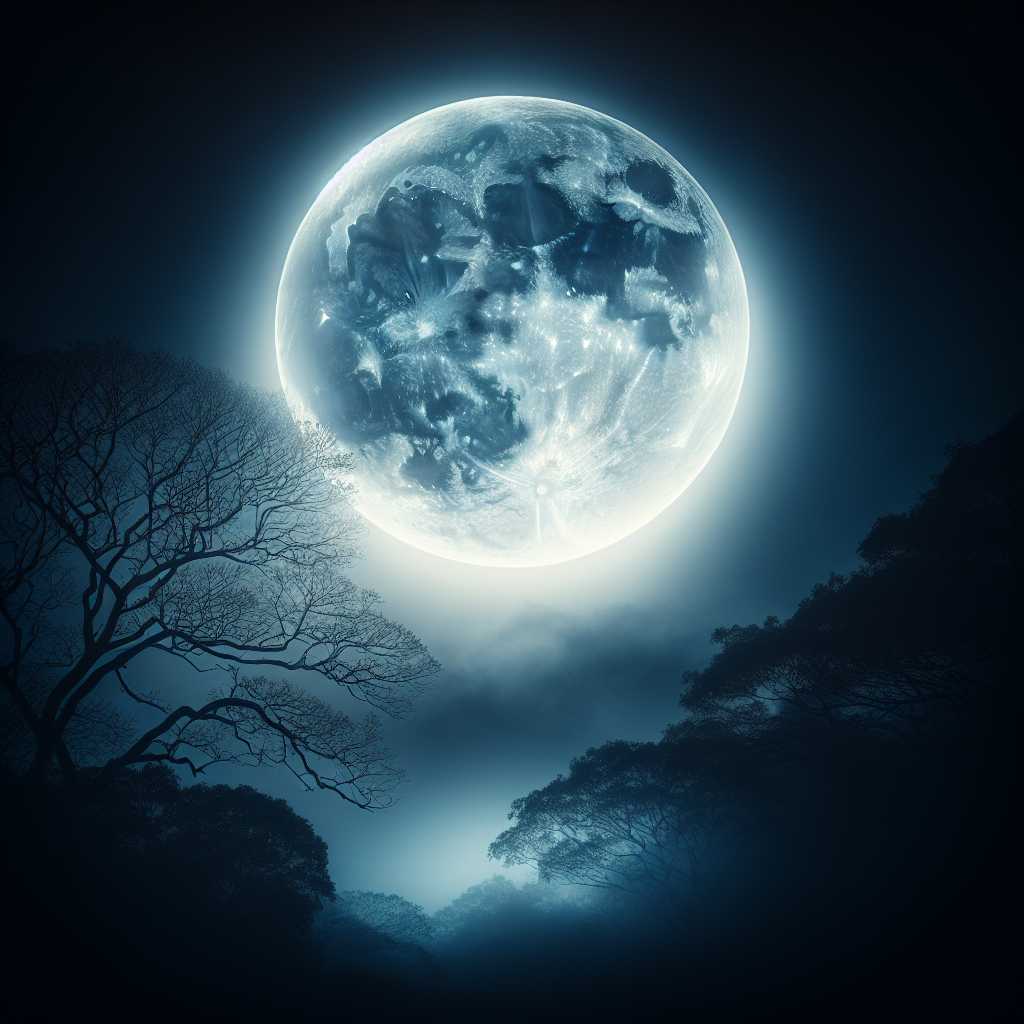Understanding the Full Moon: A Comprehensive Guide
The full moon has fascinated human cultures for millennia, akin to a celestial beacon in the night, signifying various meanings from spiritual to scientific. This comprehensive guide will explore the full moon from the perspective of astronomy, its phases, the lore and mythology surrounding it, and the scientific effects it is perceived to have on Earth.
The Astronomical Phenomenon of the Full Moon
What Defines a Full Moon?
The full moon occurs when our planet Earth is positioned directly between the sun and the moon. This alignment causes the side of the moon that faces Earth to be fully illuminated by the sun’s light, showcasing a round, bright lunar disc in our night sky. It’s a monthly phase in the lunar cycle that has been observed since ancient times.
The Lunar Cycle and Phases
The lunar phase cycle spans roughly 29.5 days from one new moon to the next – a duration known as a synodic month. The cycle includes several key phases:
1. New Moon – When the moon is between Earth and the sun and is virtually invisible to us.
2. Waxing Crescent – The visible slice of illumination appears to grow (‘wax’).
3. First Quarter – Half of the moon’s face is illuminated.
4. Waxing Gibbous – Greater than half of the moon’s face is illuminated.
5. Full Moon – The entire face of the moon is illuminated.
6. Waning Gibbous – The illumination decreases (‘wanes’).
7. Last Quarter – Again, half of the moon’s face is lit up, but opposite to the first quarter.
8. Waning Crescent – Leads up back to new moon.
Each phase provides a distinct view of the moon, but it is during the full moon when it reveals itself wholly to observers on Earth.
The Blue Moon Variation
Occasionally two full moons can occur in a single calendar month, a rare event coined as a ‘Blue Moon.’ Despite its name, such moons are not actually blue in color except under exceptional atmospheric conditions involving volcanic ash or smoke.
Lunar Lore and Mythology
Human cultures across civilizations have imbued the full moon with significant symbolic importance.
Myths and Folklore of Various Cultures
Various mythologies have stories tied to the full moon. From Greek lore where Artemis was associated with the moon, to Native American stories that weave narratives around lunar appearances; each tradition has its own way of explaining the moon’s presence and its cyclical nature.
Rituals and Spirituality
The full moon serves as an important time for rituals, meditations and festivals in multiple spiritual practices including Wicca, Buddhism (celebrating Vesak), and Hinduism (celebrating Guru Purnima). It also marks Eid in Islam following the sighting of the first crescent after the new moon.
Superstitions: Werewolves and Lunacy
Superstitions run prevalent with full moons looming over folklore with tales ranging from men turning into werewolves to increased erratic behavior leading to the term ‘lunacy.’
The Moon’s Scientific Impact on Earth
Tidal Effects on Oceans
The gravity exerted by Moon on Earth is most pronounced during new and full moons – times of spring tides, where high tides are higher, and low tides are lower than average due to gravitational forces being aligned.
Agricultural Cycle’s Association
Some agricultural practices rely on lunar cycles where a full moon marks ideal times for planting certain crops or harvesting due to belief that gravitational pull affects moisture in soil.
Impact on Human Behavior: Fact or Myth?
While many believe that a full moon causes unusual behavior among humans and animals, most scientific studies have found no solid evidence supporting this notion.
*Notes*
Image description: A luminous full moon dominates a clear night sky, with silhouettes of whispering tree branches framing its majestic presence.
